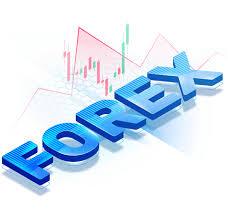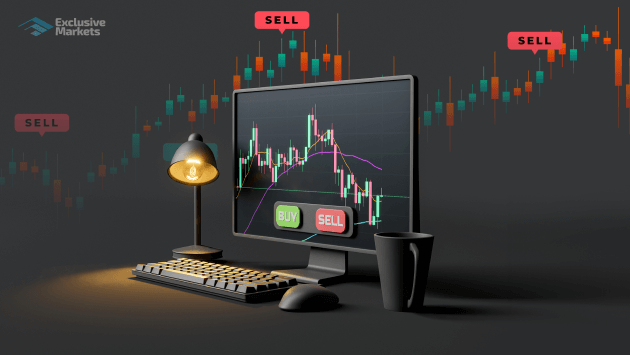Revolutionizing Forex Market The Power of Robot Trading

Revolutionizing Forex Market: The Power of Robot Trading
In the fast-paced world of Forex trading, the advent of technology has brought profound changes in how traders engage with the market. Among these advancements, robot trading forex FX Trading Broker provides insights into the emerging trend of robot trading. This innovative approach utilizes automated systems for trade execution, offering both advantages and challenges for modern traders. In this article, we will delve into the mechanics of robot trading, its benefits, potential pitfalls, and key considerations to help traders navigate this automated landscape.
Understanding Robot Trading
Robot trading, often referred to as algorithmic trading or automated trading, involves the use of computer programs to execute trades on behalf of the trader. These programs follow a defined set of rules based on technical indicators, price movements, and other market data. By automating the trading process, robot trading aims to capitalize on market opportunities faster than human traders can react.
How Do Trading Robots Work?
Trading robots operate by analyzing market conditions, generating signals based on pre-established criteria, and executing trades automatically. The core components of a trading robot include:

- Market Analysis: Trading robots utilize advanced algorithms and historical data to assess market trends. They may incorporate various indicators, such as moving averages, Fibonacci retracement, and MACD, to determine entry and exit points.
- Trade Execution: Once a trading signal is generated, the robot places trades automatically without human intervention. This capability allows for rapid execution, which is often crucial in the Forex market where prices can change within milliseconds.
- Risk Management: Many trading robots come equipped with risk management features, including stop-loss and take-profit orders, to help minimize losses while maximizing gains.
Benefits of Robot Trading
Robot trading offers several advantages for traders, including:
- Emotion-Free Trading: One of the most significant challenges in trading is managing emotions such as fear and greed. Trading robots execute predefined strategies without emotional bias, leading to more disciplined trading.
- 24/7 Market Access: Unlike human traders who require rest, trading robots can operate around the clock, enabling traders to capitalize on global market movements regardless of their availability.
- Speed and Efficiency: Trading robots can analyze vast amounts of data and execute trades much faster than human traders, allowing for better execution prices and reduced slippage.
- Backtesting Capability: Traders can backtest their strategies using historical data to evaluate performance before applying them in live trading. This allows for continuous optimization of trading strategies.
Challenges and Risks of Robot Trading
While robot trading offers numerous benefits, it is not without its challenges and risks. Traders should be aware of the following:

- Market Conditions: Automated trading systems may not adapt well to changing market conditions. What works well in a trending market may fail in a ranging or volatile market.
- Over-Optimization: Traders may fall into the trap of over-optimizing their trading strategies based on historical data, resulting in algorithms that work perfectly in backtesting but fail in live markets.
- Technical Issues: Dependence on technology can introduce risks such as software bugs, connection issues, and server downtime. Traders should ensure robust infrastructure and have contingency plans in place.
- Lack of Flexibility: Trading robots follow predefined rules, which can limit their ability to react to unexpected market events or news releases that may necessitate a change in strategy.
Selecting the Right Trading Robot
Choosing the right trading robot is crucial for success. Here are some considerations when selecting a robot for Forex trading:
- Reputation: Research the reputation of the trading robot and its developers. Look for reviews, testimonials, and verified performance results.
- Customization: Choose a robot that allows for customization. This feature enables traders to adjust parameters to fit their unique trading style and risk tolerance.
- Support and Updates: Ensure that the developer offers reliable customer support and regular updates to improve the robot based on market changes and performance feedback.
- Demo Account: Test the trading robot on a demo account to evaluate its performance without risking real capital. This practice can help traders assess its strengths and weaknesses.
Conclusion
Robot trading is transforming the Forex market, providing traders with tools to automate their strategies and enhance their trading experience. While the benefits are clear—speed, emotion-free trading, and round-the-clock operation—the challenges cannot be ignored. Traders must approach automated trading with caution, ensuring they select reliable systems, understand their limitations, and continuously monitor performance. As technology continues to evolve, trading robots will likely become an even more integral part of the Forex trading landscape.
